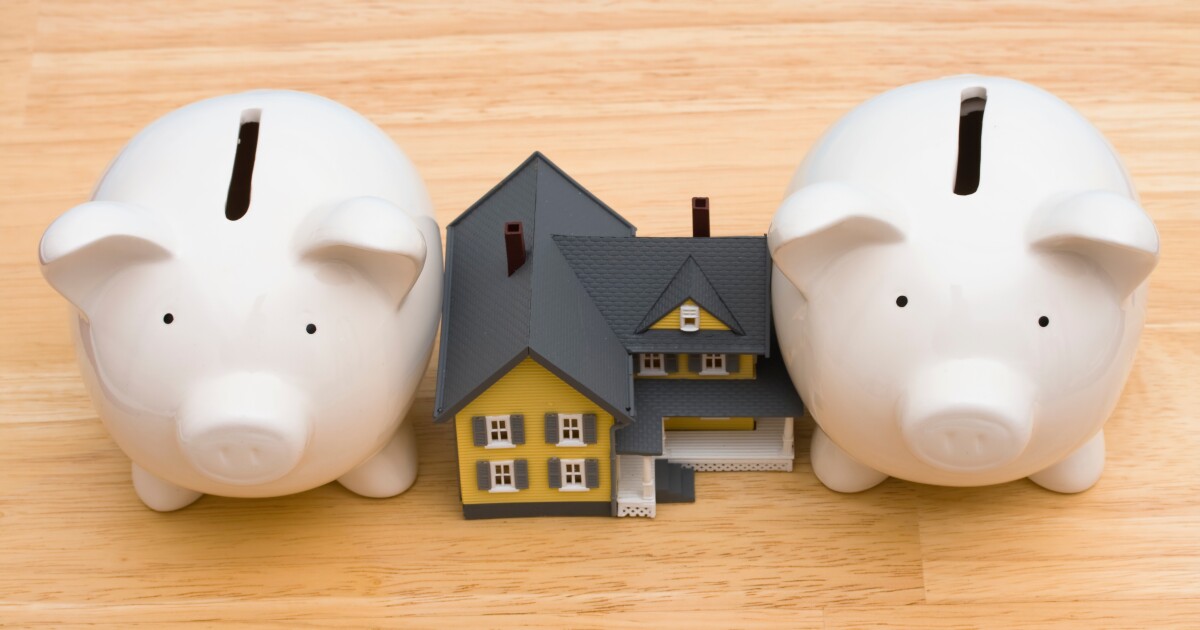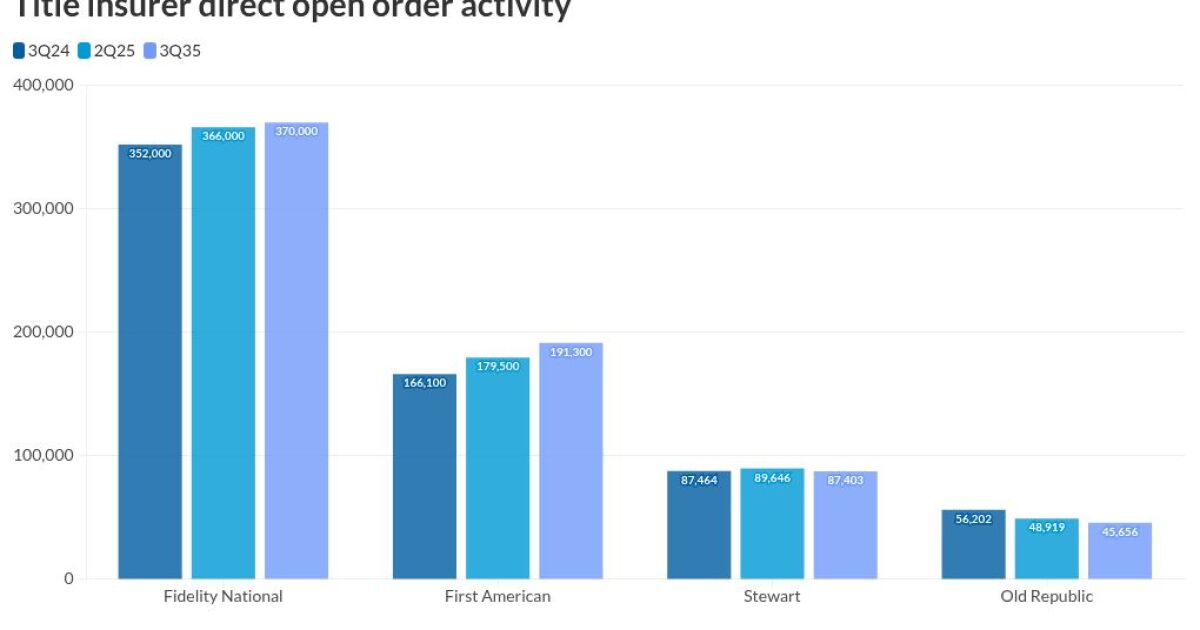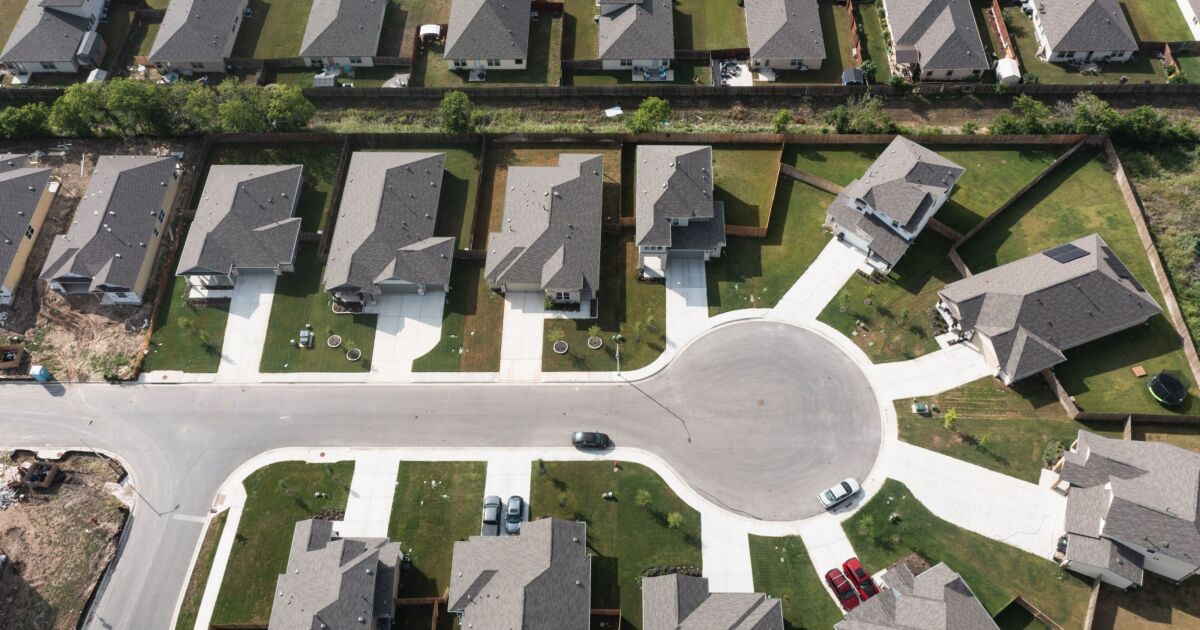
Tapping home equity, which has grown in leaps and bounds in recent years, continues to be out of reach for many minority homeowners, a recently published report shows.
Between 2018 to 2021, minority homeowners were rejected at more elevated levels compared to white homeowners, an analysis of Home Mortgage Disclosure Act (HMDA) data by the Federal Reserve Bank of Philadelphia found.
Specifically, Black, Hispanic and Asian homeowners had a 44%, 32% and 30% denial rate for HELOC products, while white homeowners had a 23% denial rate.
The report posits the reasons for such discrepancies may stem from lender discrimination "[playing] a larger role in home equity lending than in more automed purchase and refinance lending because HELOC and HELoan lending, in particular, are less automed and rely more on face-to-face- interactions between borrowers and lenders."
HELOC rejection rates for minority homeowners were higher at credit unions and banks compared to nonbanks, the report shows.
"This finding is closely related to empirical evidence suggesting that credit unions are less likely than banks to serve individuals of low to moderate income. Our results speak to the inclusiveness of credit provision by credit unions along another dimension – race," the report's authors wrote.
During the time period analyzed by the report, Black homeowners applied for more than $46 billion in credit to extract their home equity, but were denied $23 billion, per the Philadelphia Fed's analysis. On the other hand white applicants in total were only denied $11.8 billion.
In general, denial rates for HELOC loans are more sizable compared to purchase and refinance loans. Per the report, 26% of HELOC loan requests are rejected compared to 10% of purchase and refinance requests.
For HELOC products, the Black-white, Hispanic- white and Asian-white denial rate gaps are 21.9%, 9% and 7%, respectively, these denial disparities are two to seven times larger for HELOC loan products compared to non-HELOC mortgages.
Minorities have an acceptance rate less than 80% of the white acceptance rate when it comes to HELOC products, indicating potential adverse impact, the study mentions.
"These large unconditional differences show that,on average, minority homeowners do not have the same ability as White homeowners to access their accumulated housing wealth to improve their overall economic and financial well-being," the report said. "In other words, the results suggest that even if policymakers are able to close the large gap in the minority-white homeownership rate, there would still be an important source of racial inequality stemming from the differential ability to access the financial benefits of owning a home."
Factors impacting denial rates can be explained by homeowner's credit scores, debt-to-income ratios, the requested loan amount and the level of an applicant's income. The report called it "surprising" that collateral, i.e. lack of equity, played a muted role in the rate of denials.
The Federal Reserve Bank of Philadelphia analysis also shows that geographical location has a positive correlation between levels of racial animus and the residual Black-white denial rate gaps across metropolitan statistical areas. This suggests that discrimination may be partially driving conditional racial disparities in HELOC rejection rates, the report said.
HELOC products have gained popularity in the past year, leading industry players such as Figure Technologies to expand its offerings to its clients.
However, despite the product gaining traction, a report by Point, a home equity platform, shows that gaining access to home equity continues to be an ongoing challenge because rejection rates on HELOC loans are significant. A factor impacting rejections in this product type may be stricter underwriting standards.
The denial rate for HELOCs is 46% compared to 12% for conventional mortgages, per Point's analysis of Home Mortgage Disclosure Act data.



